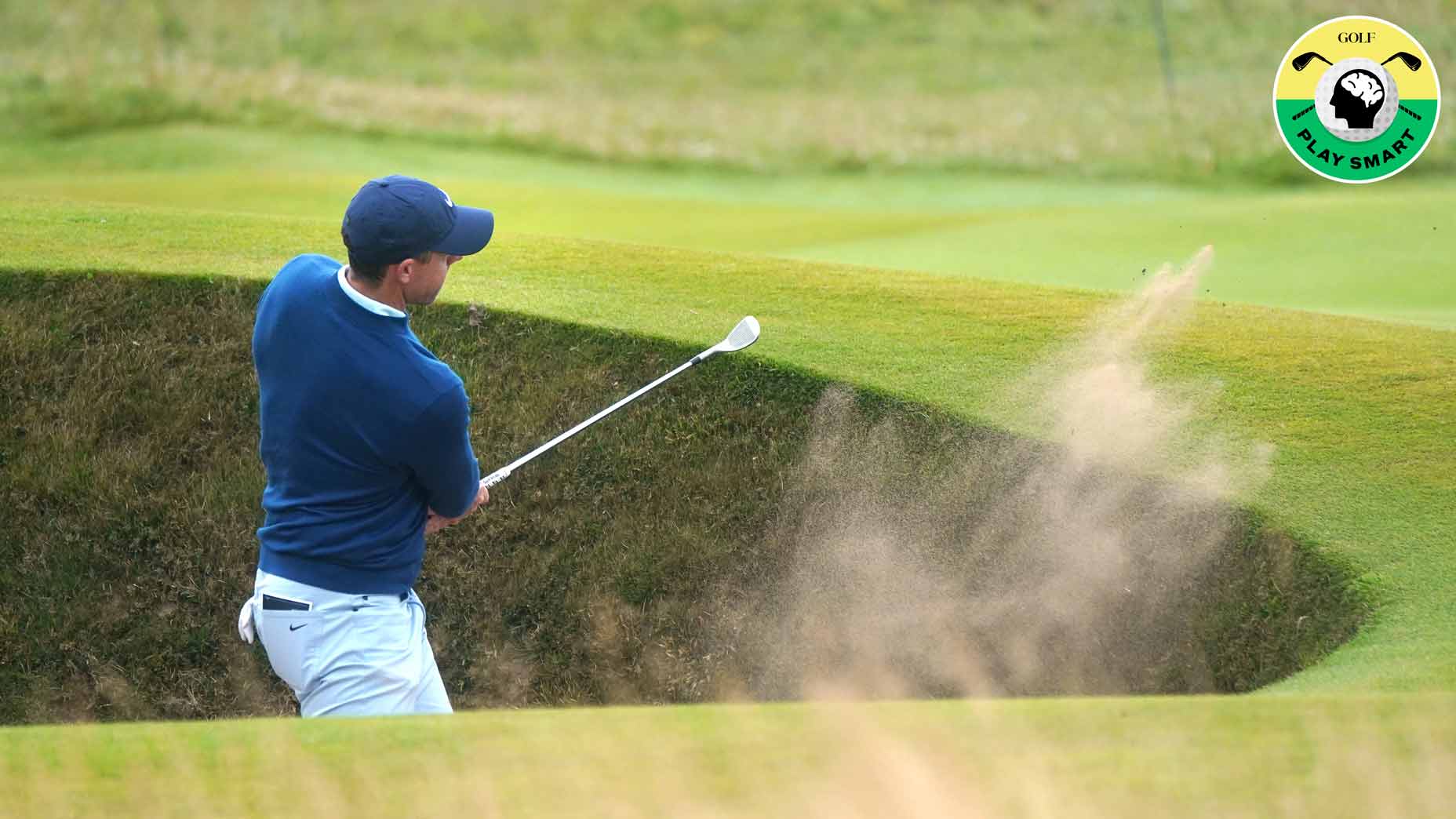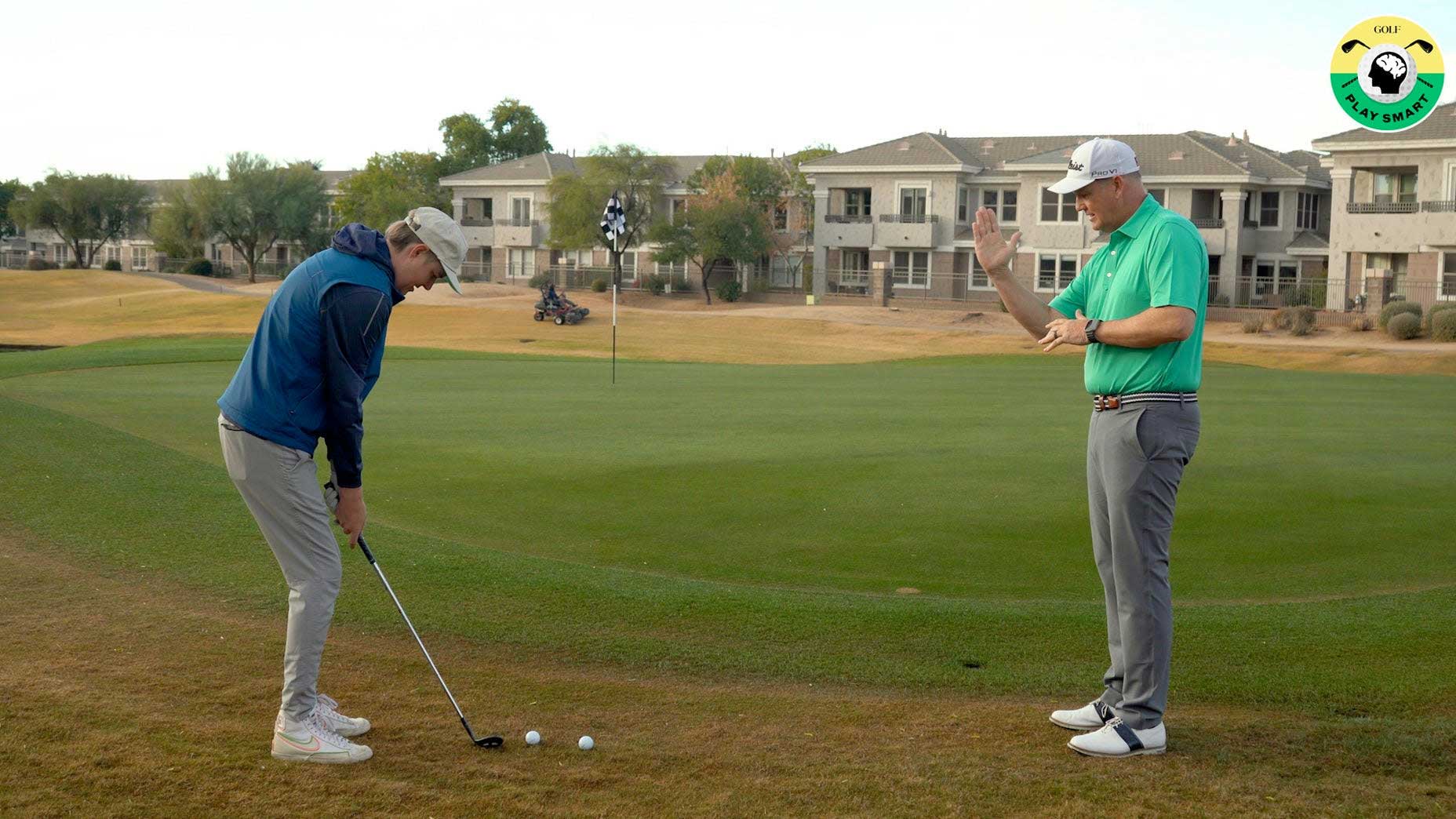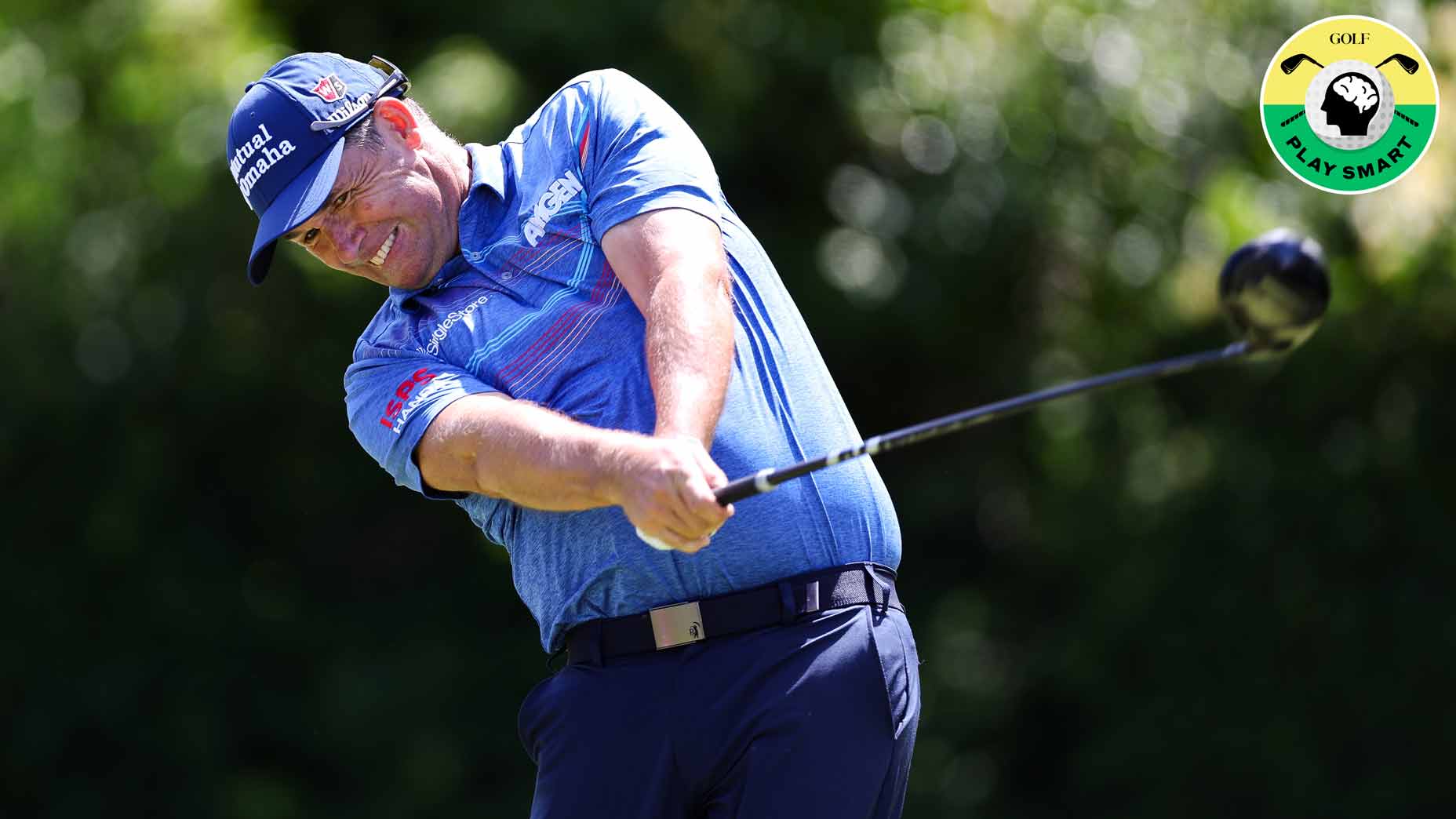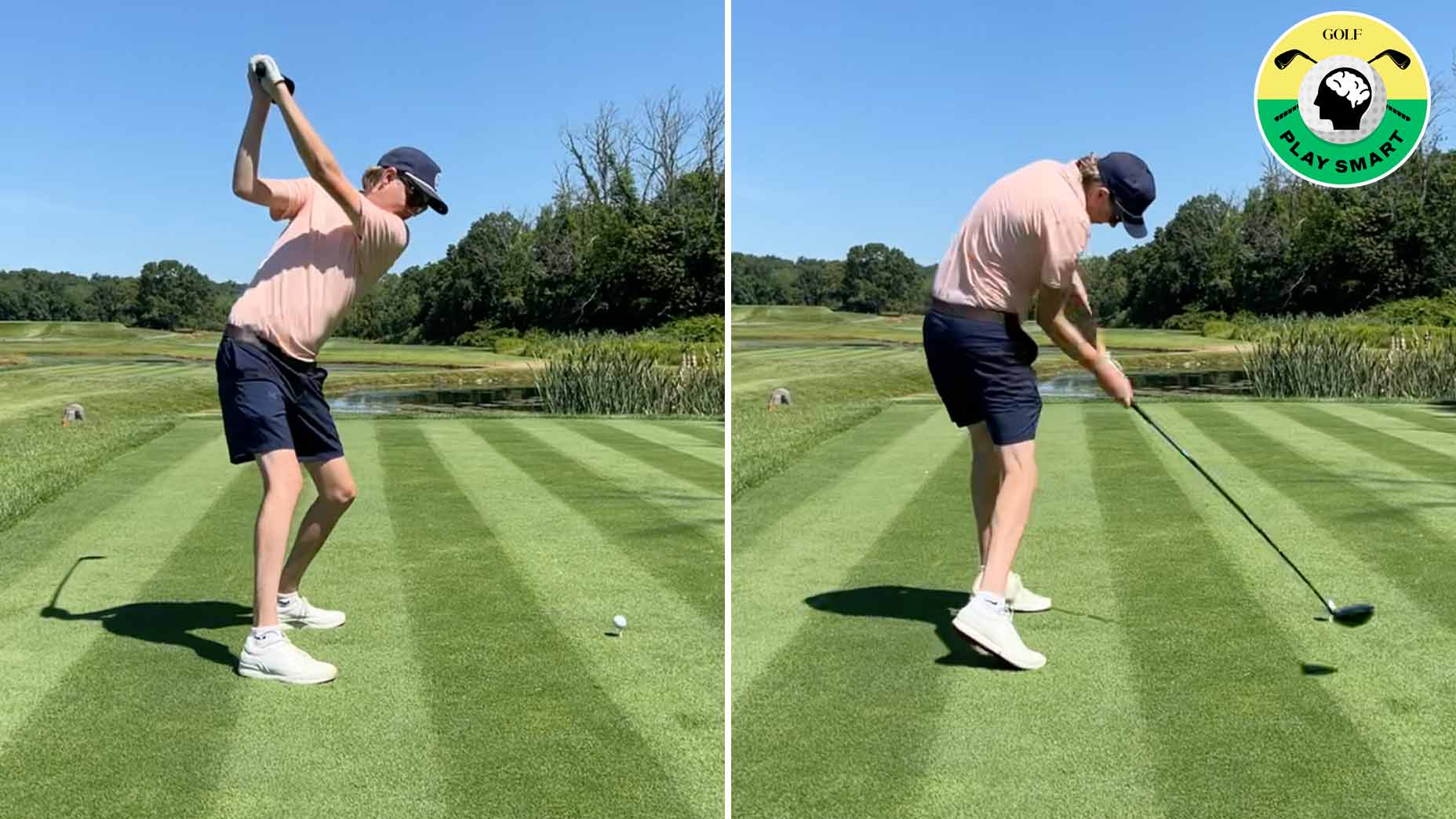This was Arnold Palmer’s foolproof formula for tricky, uphill pitch shots

The King had a pretty simple system for club choice around the greens.
Getty Images
Welcome to Play Smart, a game-improvement column that drops every Monday, Wednesday, and Friday from Director of Game Improvement content Luke Kerr-Dineen to help you play smarter, better golf.
I’ve been working my way through a 1965 edition of GOLF Magazine recently, which has been both really fun and really informative. It’s fascinating to re-read the things golfers were talking about more than 50 years ago — both the similarities and differences. But the best part is when I stumble upon the places in-between: the timeless tips that are still useful but have been lost to history. I wrote about one from Gene Sarazen yesterday, and now I’m back with another tip from Arnold Palmer.
Throughout the issue, I was struck by how often past pros advocated for bump-and-run shots. It’s good advice, frankly, because, as GOLF Top 100 Teacher Kellie Stenzel writes about often, the smaller the stroke, the harder it is to make mistakes.
Arnold Palmer agrees, which is why his advice for golfers was to learn his two-step formula so players know when to go low, and when to go high.
SIM2 Max Irons
‘A game of choice’
The scenario Palmer lays out is one average golfers find themselves in often: A pitch shot to a slightly elevated green, to a pin guarded by a false front. It’s a tricky shot, but as Palmer points out, “choosing the right club at the right time can make a difficult round look easy.”
If the pin is back or middle, go high
To master this shot, Palmer says to first look at where the pin is on the green. If the pin is 10 feet or more from the edge of the green — meaning that you have some green to work with — then Palmer gives you his blessing to loft the ball high. That way, if your distance control isn’t perfect and you land your ball a little short, you’ll still have a putt upcoming.
If you’re short-sided, go low
But that’s why you shouldn’t use a wedge if the pin is closer to the ridge. If you hit the same shot, your ball could potentially roll back down off the green. That’s why, when you’re short-sided, Palmer says to opt for a bump-and-run with a five or six iron (unless there’s something between you and the hole, like a bunker or heavy rough).
A lower-lofted club won’t just keep the ball closer to the ground, it’ll also propel it forward with more speed, which means you have more margin for error. You’re less likely to hit the ball short, and if you accidentally hit the ball too hard and it rolls past the green, all you’ll be doing is hitting your ball into the fatter part of the green.
A simple rule to follow from one of the greatest golfers of all-time, which you can read in full below:












